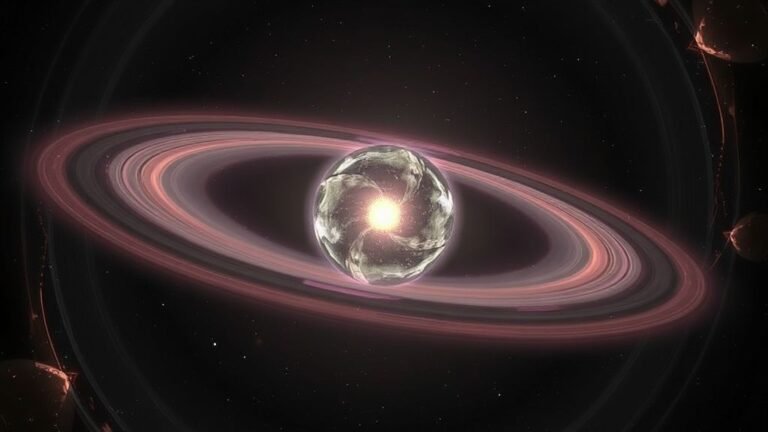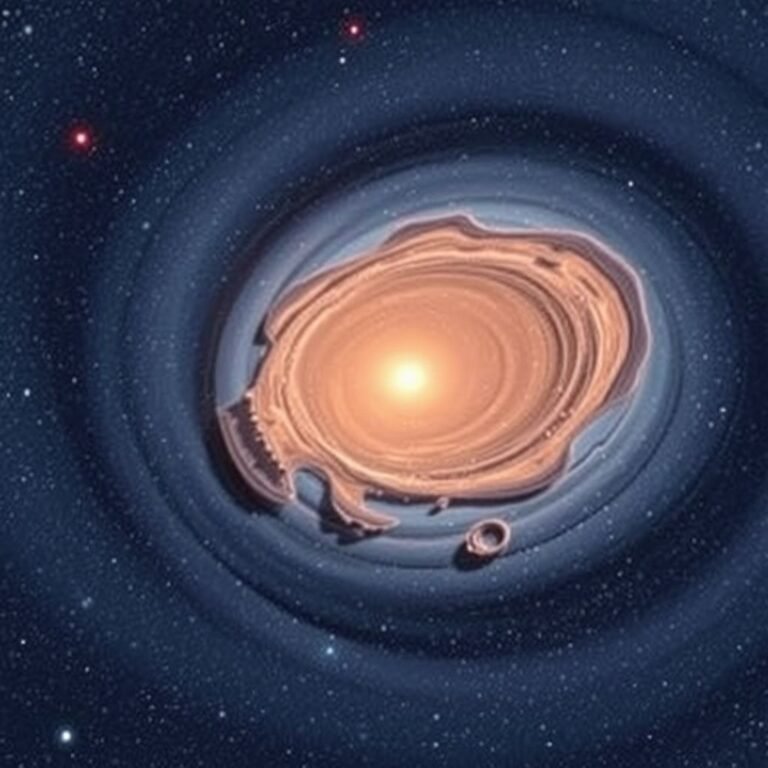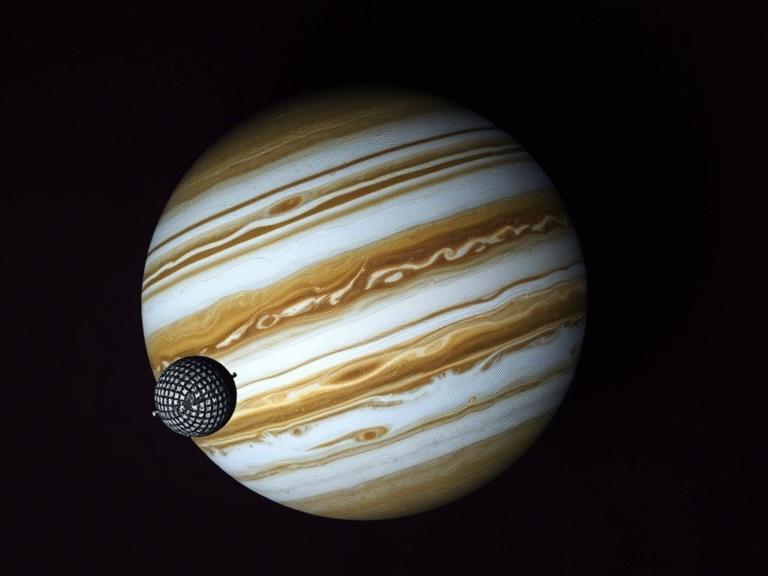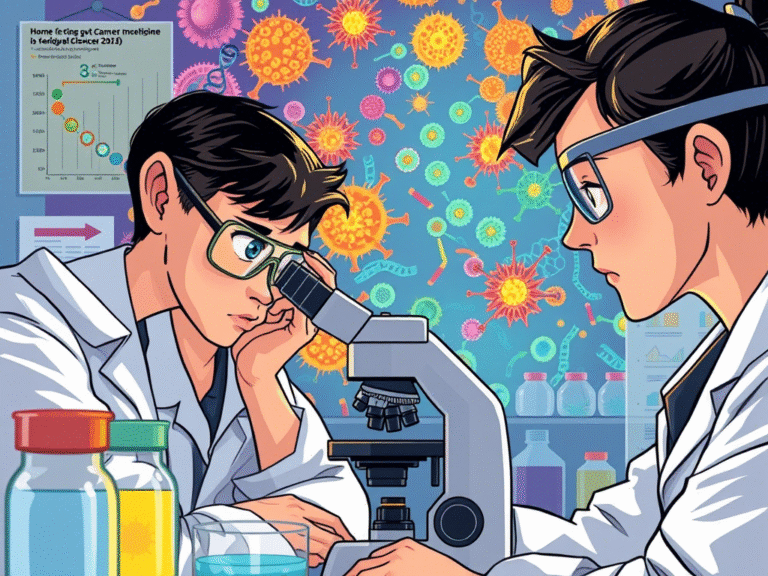
One-Fifth of the Ocean Is Darkening — And Marine Life May Pay the Price
Over 20% of the Ocean Is Losing Sunlight — And It Could Change Marine Life Forever
New research shows that more than 20% of the global ocean has become significantly darker over the past two decades — a shift that’s shrinking the photic zone , the sunlit layer of water where most marine life thrives.
Covering more than 75 million square kilometers , this change could have serious consequences for ecosystems, food chains, and even how the ocean supports life on Earth — from oxygen production to climate regulation.
What’s Causing the Oceans to Darken?
Ocean darkening is linked to several environmental changes, including:
- Increased nutrient runoff from agriculture and coastal development
- Shifts in ocean currents and temperatures due to climate change
These factors affect water clarity, limiting how deeply sunlight can penetrate the sea.
What the Data Shows
Using nearly 20 years of satellite data and advanced modeling, scientists mapped global changes in photic zone depth between 2003 and 2022. The results were striking:
- In over 9% of the ocean , sunlight now reaches more than 50 meters less into the water — an area larger than Africa.
- In some places, the photic zone shrank by over 100 meters .
- While most regions are getting darker, about 10% of the ocean has become clearer and brighter.
Published in Global Change Biology , this study highlights a growing global pattern with uncertain consequences.
As light-dependent species are squeezed into smaller spaces, food webs may be disrupted, fisheries affected, and carbon cycling thrown off balance — signaling a major shift in how our oceans function.
Marine Life Under Threat as Oceans Darken
While the full impact of ocean darkening is still being studied, scientists warn it could have serious consequences for marine species and the vital services oceans provide — from food production to climate regulation.
The research was led by experts from the University of Plymouth and the Plymouth Marine Laboratory , who have been studying how artificial light affects marine ecosystems for over a decade. Although this work focuses on human-made light at night, they note that ocean darkening is a separate but equally concerning issue .
In coastal areas, darkening appears to be driven by:
- Increased nutrient runoff
- Organic matter and sediment from agriculture
- More frequent and intense rainfall
In the open ocean, changes in phytoplankton blooms and rising sea surface temperatures are likely reducing how deeply sunlight can penetrate.
A Serious Warning for Ocean Health
Dr. Thomas Davies, Associate Professor of Marine Conservation at the University of Plymouth, explained:
“We’ve known that ocean surfaces are changing color, possibly due to shifts in plankton communities. But now we see that these changes are causing widespread darkening — shrinking the space where light-dependent animals can survive and reproduce. And remember, we rely on the photic zone not just for marine life, but also for oxygen, food, and fighting climate change. These findings should raise real alarms.”
Ecosystem Shifts on the Horizon
Professor Tim Smyth, Head of Science for Marine Biogeochemistry at the Plymouth Marine Laboratory, added:
“The ocean is incredibly dynamic, and many sea creatures base their behavior around natural light cycles. If the photic zone is shrinking by 50 meters or more in large parts of the ocean, those animals will be pushed closer to the surface — where competition for food and resources will intensify. That could lead to major shifts in marine ecosystems as we know them.”
How NASA Tools Help Track a Darkening Ocean
To understand how the ocean’s sunlit zone is changing, researchers used data from NASA’s Ocean Colour Web , which divides the global ocean into 9 km-wide pixels. This satellite-based system allowed them to monitor surface changes in each section over time.
Alongside this, they applied a special algorithm that measures light penetration underwater , helping define the depth of the photic zone — the layer where sunlight supports marine life.
The team also used solar and lunar light models to study how changes in daylight and moonlight might affect species that rely on natural light for feeding, migration, or reproduction. While nighttime changes were smaller than daytime ones, they still held ecological importance , especially for nocturnal animals.
Where Are the Big Changes Happening?
Some of the most dramatic losses in photic zone depth were found in:
- The upper part of the Gulf Stream
- Waters around the Arctic and Antarctic , where climate change is hitting hardest
In coastal areas and enclosed seas like the Baltic Sea , darkening is widespread too. Increased rainfall washes sediment and nutrients into the sea, fueling plankton growth and reducing water clarity — further limiting how deeply light can reach.
These findings highlight growing concerns about how human activity and climate change are reshaping one of the ocean’s most fundamental features.
UK Waters Show Both Darkening and Lightening Trends
The study revealed a complex picture around the UK. Over the past two decades, several coastal regions have experienced increased darkening , including:
- The North Sea and Celtic Sea
- The eastern coasts of England and Scotland
- The shores of Wales
- And parts of the northern Irish Sea
But not all areas are getting darker. Much of the English Channel , as well as waters stretching from northern Scotland up to the Orkney and Shetland Islands , have actually become clearer and lighter .
These mixed trends highlight how local environmental factors — like runoff, ocean currents, and climate shifts — can influence light levels in regional seas.





